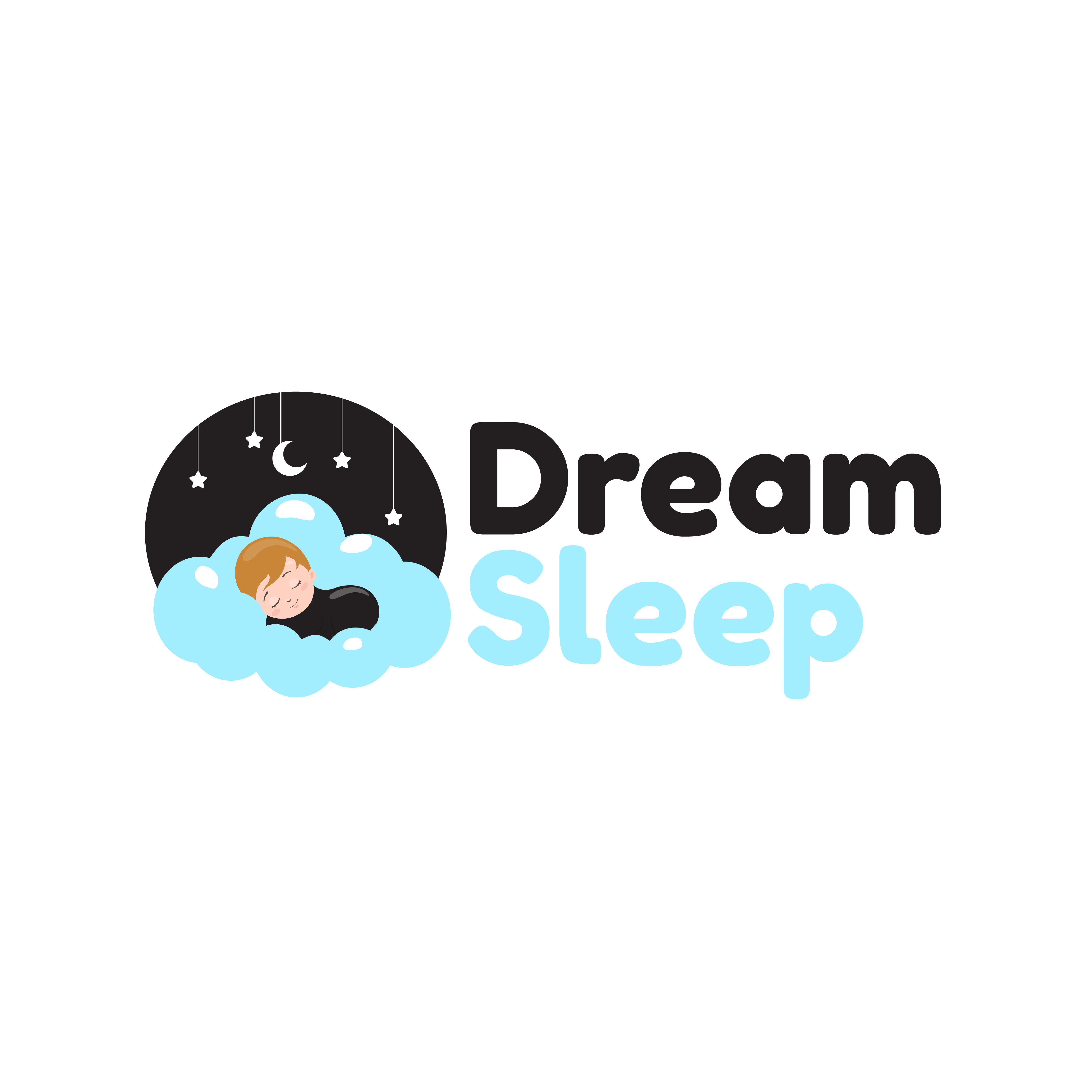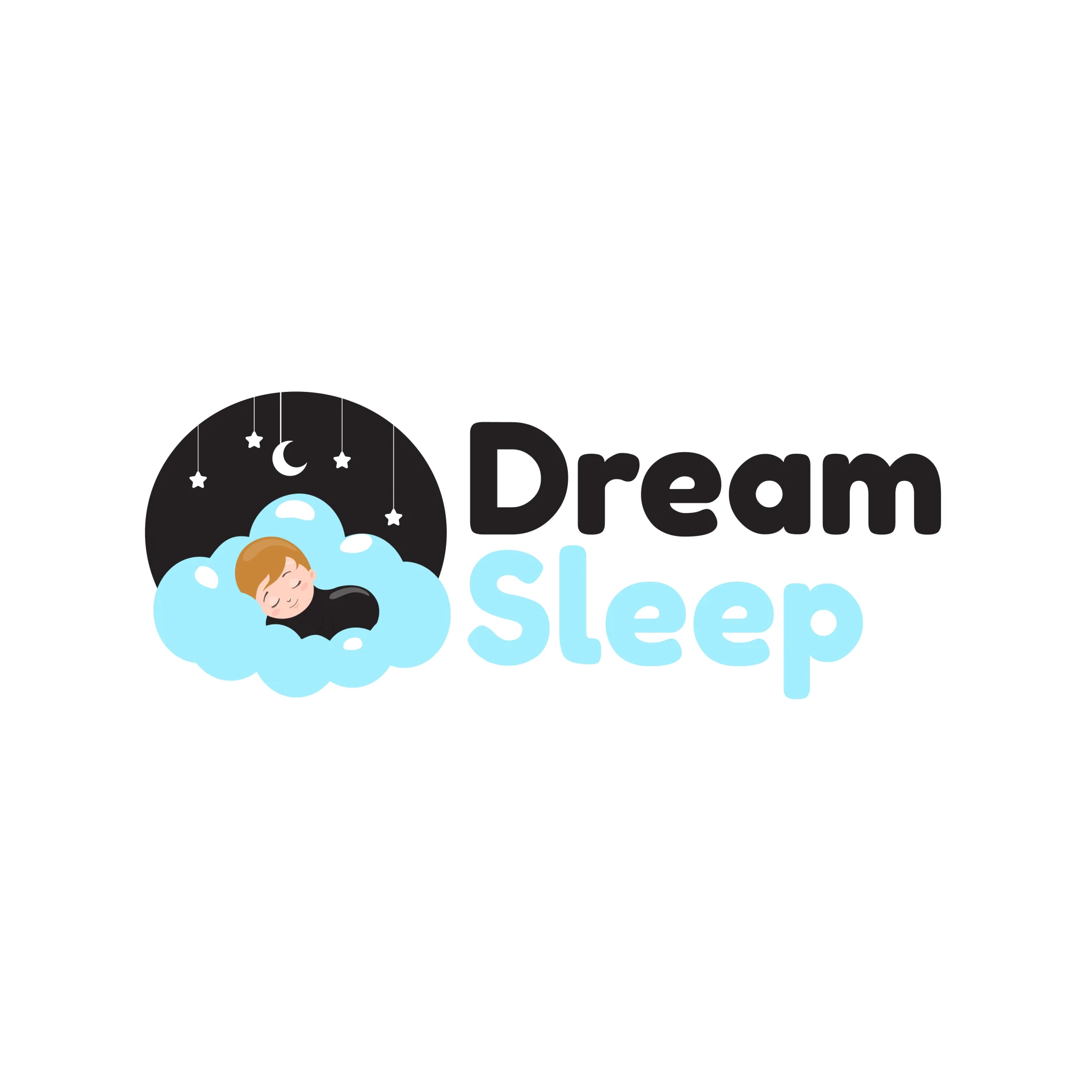What is a sleep regression?
Sleep regression is a temporary disruption in a baby’s or toddler’s sleeping patterns. It typically occurs when a child who has been sleeping well suddenly starts experiencing difficulties with sleep, such as frequent nighttime awakenings, difficulty falling asleep, or shorter naps. Sleep regressions are common developmental phases that many children go through, and they can be challenging for both the child and their parents.
There are several common periods of sleep regression that often occur at certain ages:
1. Four-month sleep regression: This is one of the most well-known sleep regressions. Around four months of age, babies undergo significant changes in their sleep cycles and patterns. They transition from a primarily newborn sleep pattern to one that more closely resembles adult sleep. This transition can lead to increased night waking and shorter naps.
2. Eight, nine, or ten-month sleep regression: During this phase, babies may experience disruptions in their sleep due to physical and cognitive developments, such as learning to crawl, pull up, or stand. These new skills can make it challenging for them to settle down and fall asleep.
3. 18-month sleep regression: Around 18 months of age, toddlers may experience sleep disturbances. This regression is often associated with increased separation anxiety, language development, and newfound independence, which can affect their ability to self-soothe and fall asleep.
4. Two-year sleep regression: This regression typically occurs around the age of two when toddlers are going through a period of rapid cognitive and emotional development. They may become more aware of fears, engage in imaginative play, and experience nighttime fears, leading to sleep disruptions.
During sleep regressions, it’s essential to maintain consistent sleep routines and offer comfort and reassurance to your child. Some strategies that may help include:
1. Stick to a regular sleep schedule: Establish a consistent bedtime routine and nap schedule to help your child’s body adjust to a predictable sleep pattern.
2. Provide a soothing environment: Create a calm and comfortable sleep environment for your child, such as a dark, quiet room with a comfortable temperature.
3. Offer comfort and reassurance: During sleep regressions, your child may need extra comfort and reassurance. Respond to their needs promptly and provide comfort without creating new sleep associations that could be challenging to break later.
4. Practice good sleep habits: Encourage healthy sleep habits, such as avoiding stimulating activities before bedtime, ensuring your child gets enough physical activity during the day, and promoting a relaxing bedtime routine.
Remember that sleep regressions are typically temporary phases, and with consistency and patience, your child’s sleep patterns will likely return to normal. If you have concerns about your child’s sleep or if the sleep regression persists for an extended period, contact Dream Sleep Occupational Therapy who can evaluate your situation and provide personalised sleep plan including recommendations and interventions.
To contact Dream Sleep Occupational Therapy via email info@DreamSleepOT.com.au or visit the website.
Or Book Now

Share this:
Leave a comment
Previous Post

For the best sleep possible
Dream Sleep Occupational Therapy provides evidence-based and personalised advice to support your family’s best possible sleep
Contact Us
Open Hours
Mon-Fri: By appointment only
Saturday: Closed
Sunday: Closed
Public Holidays: Closed
WA School Holidays: Closed
Location
Maylands, Western Australia.
Telehealth, online courses and sleep guides- worldwide
All Rights Reserved 2025 Dream Sleep OT.


